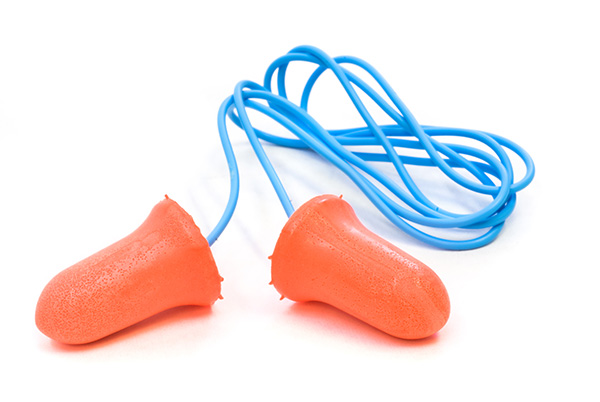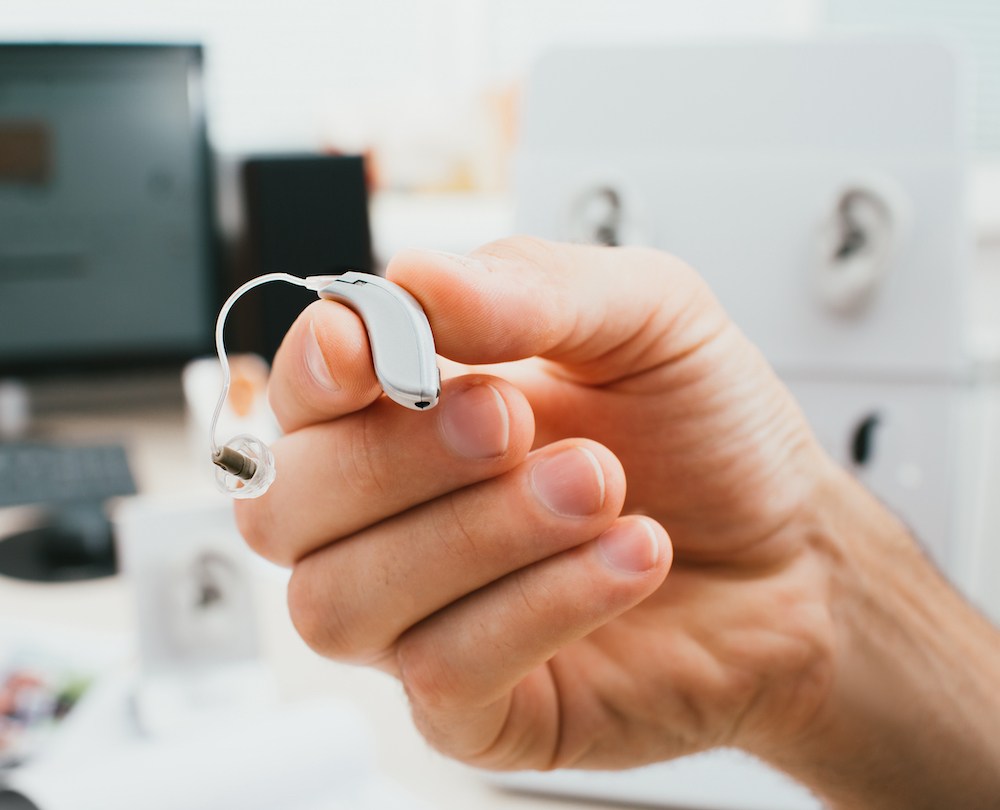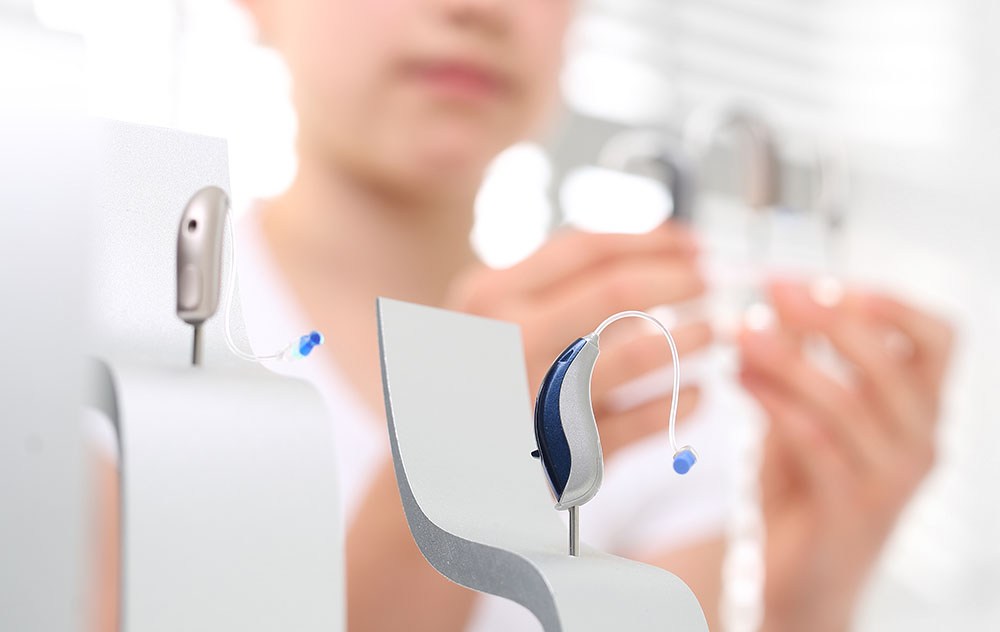How Modern Hearing Aids Filter and Process Sound
Hearing aids today are designed to do more than simply make sounds louder.
Your Best Hearing, Your Best Life.


Hearing aids today are designed to do more than simply make sounds louder.

Getting your first hearing aids is an important step in addressing hearing

Musicians regularly work in environments filled with loud sounds, whether